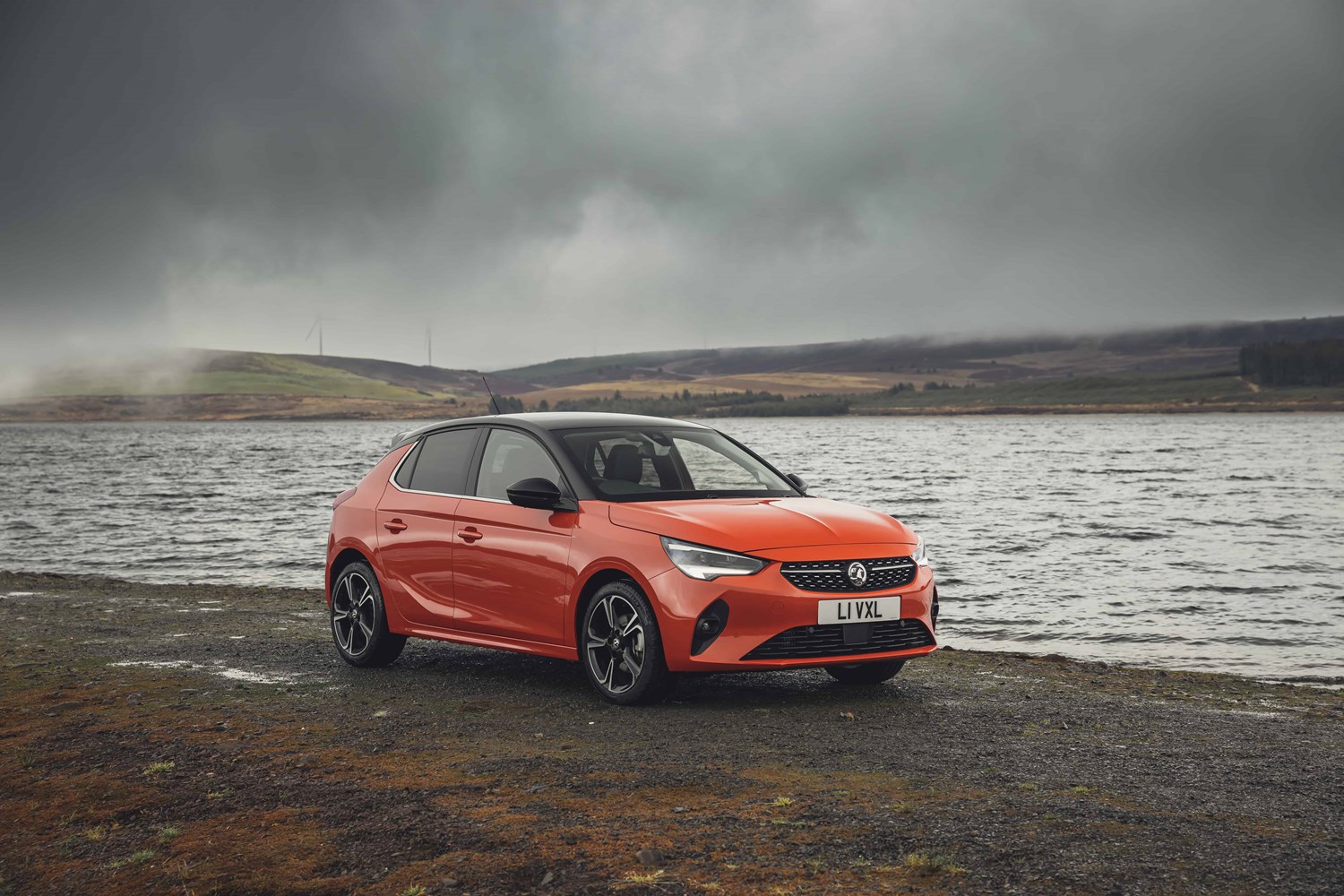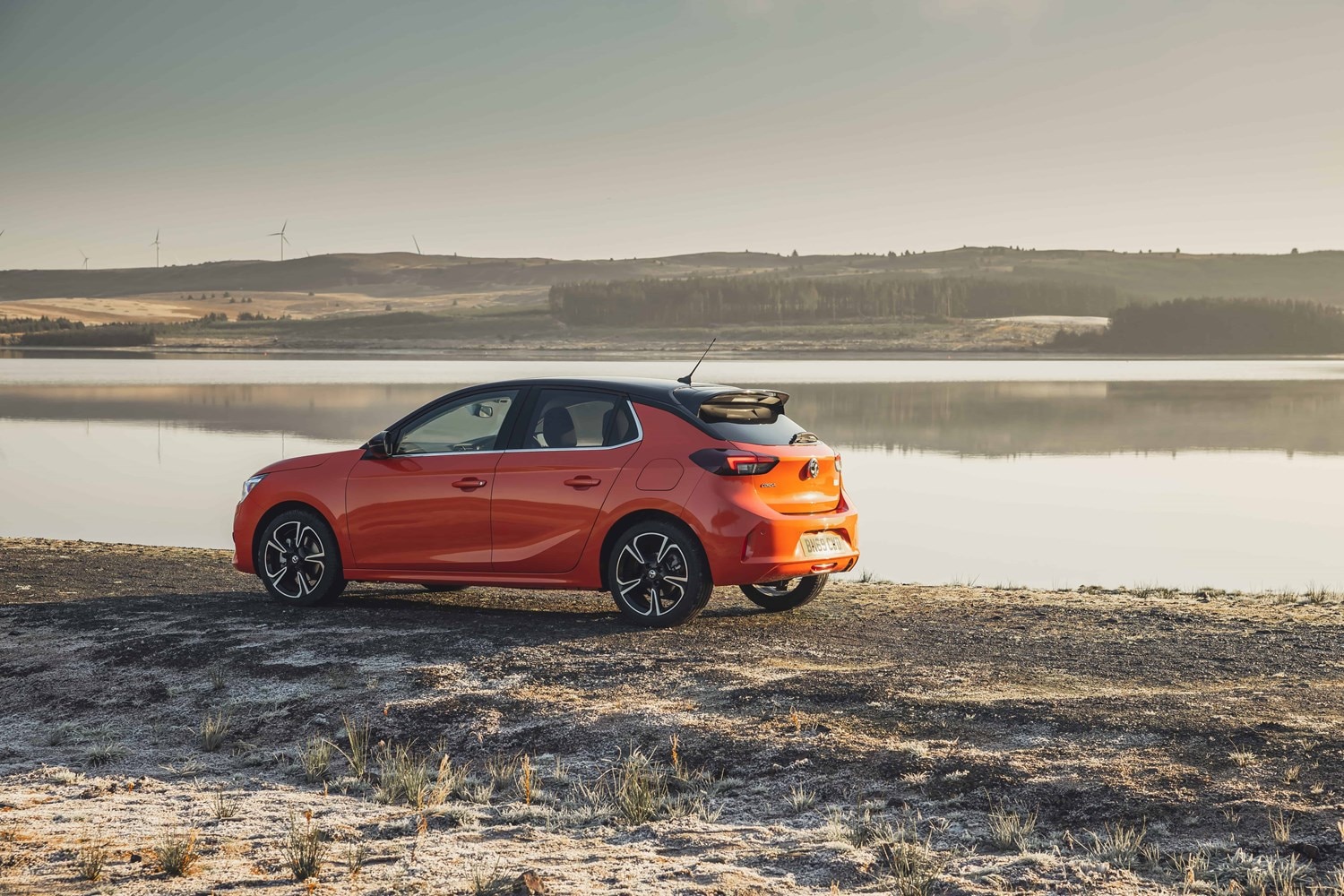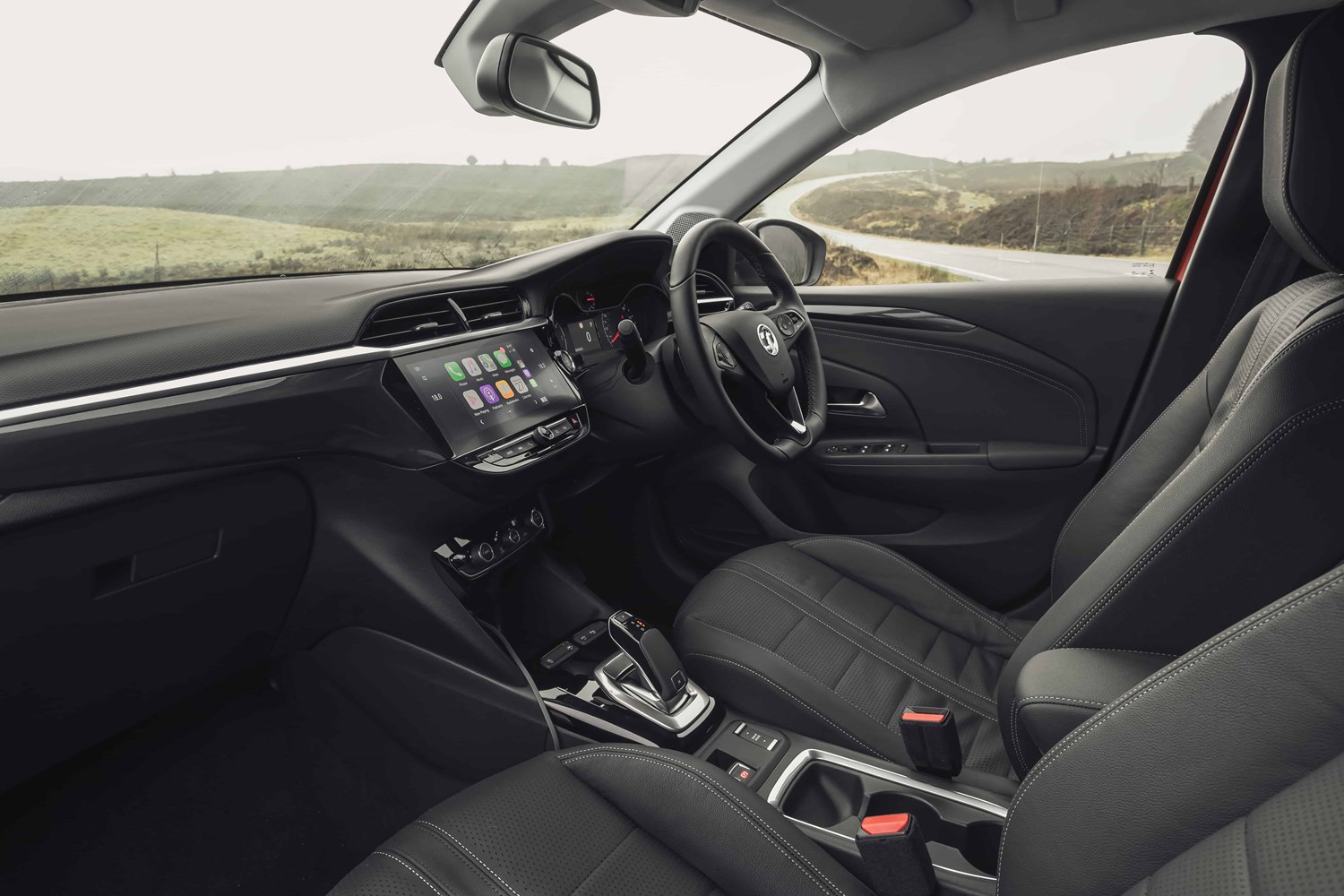History
The Vauxhall Corsa has been a common sight on British roads since its first appearance as the Nova back in the early ‘80s. Offering drivers low cost and hassle-free motoring, it’s not hard to understand just why the Corsa has become so popular.
The popular Nova switched to the Corsa name in 1993, and with it came a car that looked noticeably more modern. A range of engines accompanied it, giving buyers a lot of variety in terms of powerplant. Though most cars came with a five-speed manual gearbox, there was an automatic option – something relatively unseen in the segment.
It was offered in both three- and five-door layout for years, and the Corsa is an impressively practical car – especially considering its relatively small footprint. Throughout its many incarnations it has been able to offer motorists a hassle-free driving experience, and one which doesn’t cost the earth to keep going.
Latest model
Now in its sixth generation, this latest Corsa is perhaps the biggest move from the norm we’ve seen yet. For starters, it’s the first version of the supermini that’s been launched since Vauxhall was taken over by the PSA Group, which includes Peugeot and Citroen.
It means that this new Corsa is more or less a Peugeot 208 underneath – featuring the same engines, platform and also the option to have it as an EV with the Corsa-e. That parts sharing does, however, mean this Corsa is far more advanced than its predecessor – featuring technology such as Matrix LED headlights, a 10-inch touchscreen and various driver assistance tech, which is something the previous Corsa lacked.
It’s also more than 100kg lighter, too, with a kerbweight as low as 980kg, as well as more spacious. It certainly looks good on paper, but can the Corsa compete with accomplished rivals such as the Ford Fiesta and Renault Clio.


